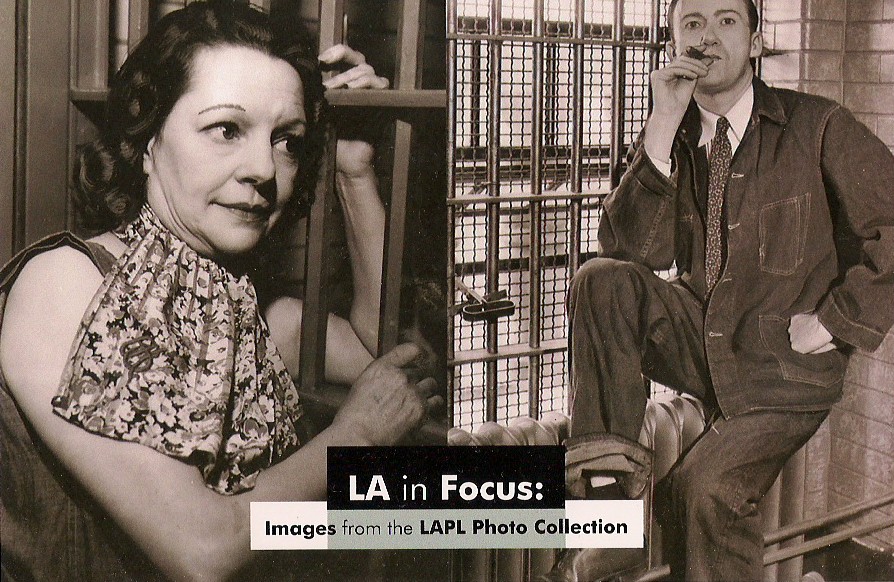Fri 23 Sep, 2011
GOLD DIGGERS & SNAKE HANDLERS: Deranged L.A. Crimes from the Notebook of Aggie Underwood
Comments (0) Filed under: EventsTags: 1920s, 1930s, Agness "Aggie" Underwood, gold diggers, Hazel Glab, Herald-Examiner, Los Angeles Record, murder, Robert J. James, snake handlers, William Randolph Hearst
Los Angeles has always had more than its share of creative felons, so it stands to reason that it would take an equally creative, gutsy, and dedicated reporter to cover them. One of the most revered reporters who ever worked in Los Angeles was Agness “Aggie” Underwood.
Underwood began her career at the LOS ANGELES RECORD in the 1920s. She was sharp, but there were lots of sharp people in the news business at that time. What made Aggie great were her instincts. She seemed to know just how to approach a story to get the most from it. By relying on her gut feelings she managed to keep several paces ahead of her competition, and to earn a reputation for solving crimes.
When the Los Angeles Record folded in the mid-1930s Aggie, who by this time loved the newspaper business (and needed the money), agreed to work for William Randolph Hearst’s Los Angeles daily, THE HERALD-EXAMINER.
Her decision to join Hearst’s paper was the making of her career. Twelve years after joining the paper she was promoted to editor. Agness Underwood was the first woman in the U.S. to become the editor of a major metropolitan newspaper.
Aggie Underwood’s work as a reporter inspired the lecture that I’m going to give on October 8, 2011, 2 p.m., in the Taper Auditorium at the Central Library in downtown Los Angeles.
The lecture is entitled “GOLD DIGGERS & SNAKE HANDLERS: Deranged L.A. Crimes from the Notebook of Aggie Underwood” and it is sponsored by Photo Friends. Photo Friends is a non-profit whose mission is to promote and to preserve the photographs in the collection of the Los Angeles Public Library.
I hope that you’ll join me as I examine two murder cases from 1936, both of which were covered by Aggie Underwood.



